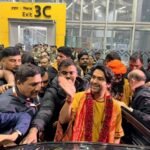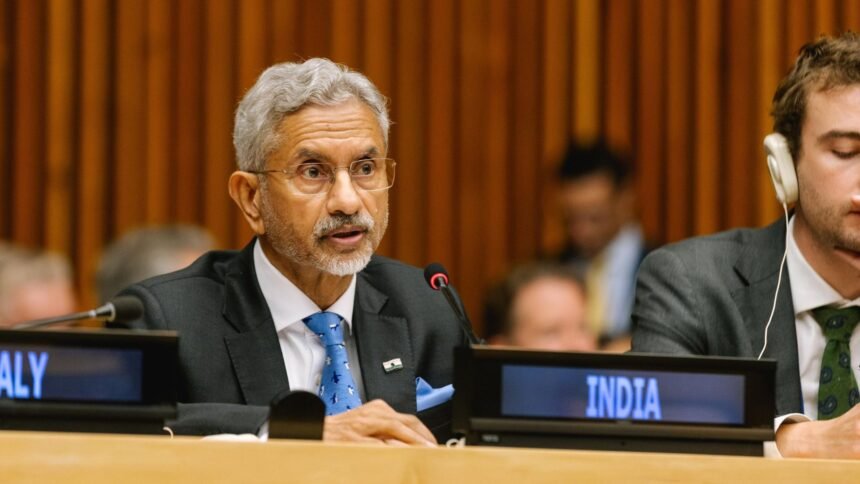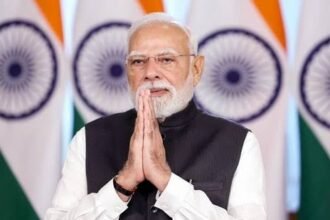New York: At a high-profile event hosted by the Observer Research Foundation on the sidelines of the United Nations General Assembly, External Affairs Minister S. Jaishankar put forth a bold vision for the future of work — one that transcends national borders and demographic constraints. He argued that many nations simply cannot meet surging global demand for skilled labour through domestic populations alone, and thus a new paradigm of distributed global work is essential.
“In today’s changing world, you cannot run away from the reality that demands cannot be met in many countries purely out of national demographics,” Jaishankar declared. He called for a “more acceptable, contemporary, efficient model of a global workforce … located across a distributed, global workplace.”
Context: From H-1B Fees to Diplomacy
Jaishankar’s remarks come at a time of heightened tension in global talent mobility. In recent weeks, the U.S. government announced a new USD 100,000 fee on H-1B visas, a policy widely perceived to adversely affect Indian professionals, who have historically been among the largest beneficiaries of U.S. work visas.
While he did not single out any country, the timing of his statement is significant. Indo-U.S. trade and immigration ties are under strain, and his address can be read as a subtle counter to exclusionary approaches to migration.
Trade, Technology, and the Future of Work
Jaishankar also spoke about how the evolving global order is reshaping trade partnerships. He noted that despite rising trade tensions and tariffs, commerce continues to find new routes — enabled by digital infrastructure and enhanced connectivity.
On technology, he predicted rapid transformations in how work is organised:
“We are going to end up in a very different world in a very short term,” he said, hinting at shifts in trade, connectivity, and distributed workplace models.
Building Resilience in a Multipolar World
Emphasising self-reliance, Jaishankar referred to India’s Digital Public Infrastructure (DPI) as a model transposable across borders. He described multipolarity not as a spontaneous event but as something to be constructed through strong national capacities that can serve as templates for others.
He warned of a volatile international environment:
“The entire economic chain has become far riskier … you have to de-risk, hedge, safeguard yourself against unforeseen contingencies.”
Implications and Significance
With his call for a global workforce, Jaishankar is pushing India to the vanguard of a new labour order one that acknowledges global interdependence rather than attempting to wall it off. He is positioning India not just as a consumer of global talent, but as an architect of a globally shared labour paradigm.
In doing so, his remarks also raise deeper questions: how will national sovereignty, labour protection, wage parity, and social welfare adapt to such a model? Can developing economies offer competitive safeguards while integrating into distributed global work systems? And will institutions be ready to regulate work that spans geographies, legal frameworks, and time zones?
One thing is clear: the debate over talent, technology, and mobility is no longer a side issue it is central to the architecture of global development.















